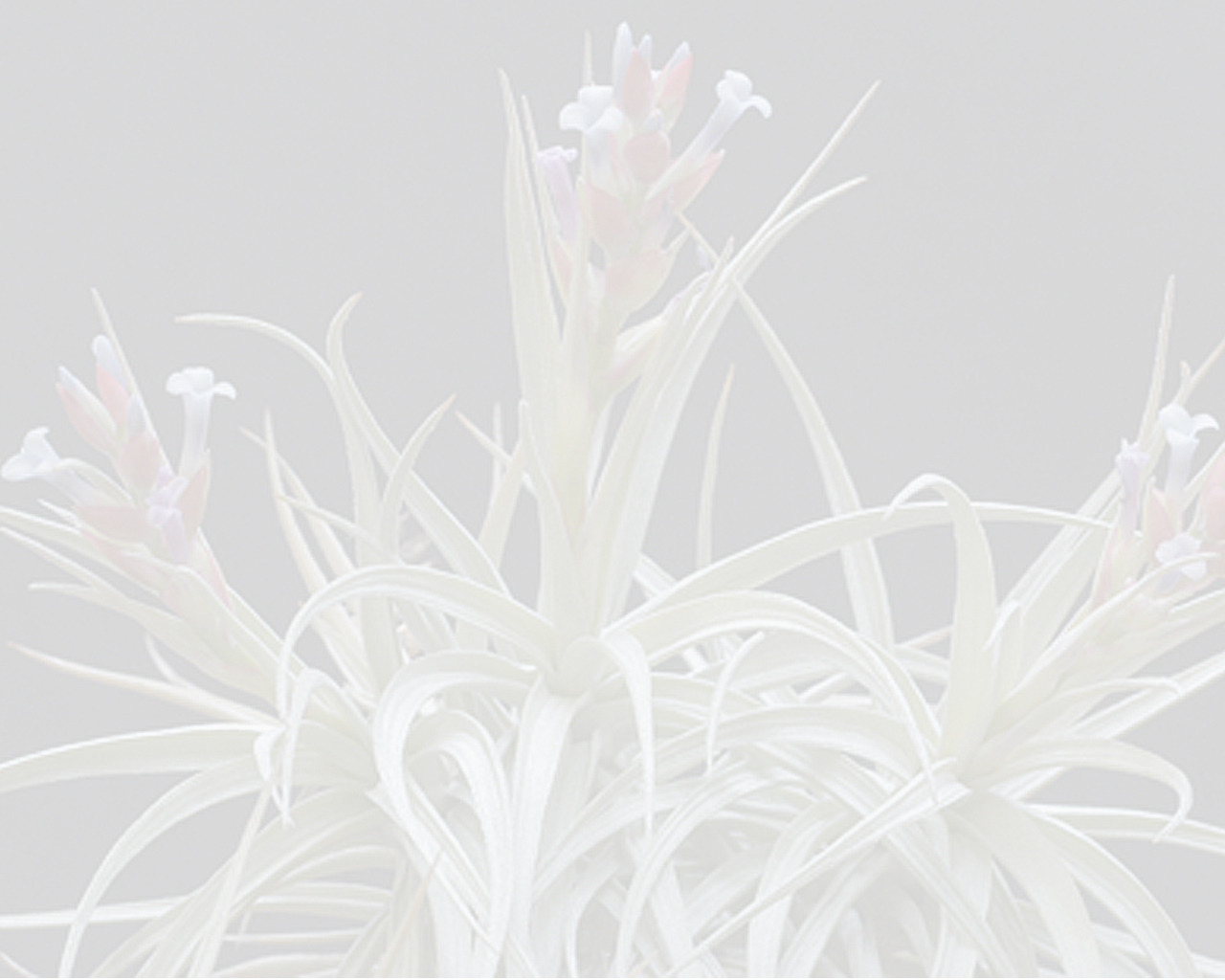


plant stemless, flowering 1–5 dm high. leaves densely bulbous-rosulate, 1–2 dm long, covered throughout with hyaline brown-centered appressed scales; sheath broadly elliptic, 3–4 cm long, dark brown toward base; blade linear, attenuate, 5 mm wide, flat. inflorescence: peduncle erect, very slender, subglabrous; peduncle bracts narrowly lanceolate, acute or acuminate, cinereous-lepidote, the upper ones shorter than the internodes; fertile part once-branched, very lax, distichous, pyramidal, usually exceeding the leaves, 3–23 cm long, 1–15 cm in diameter; axis more or less undulate, obscurely angled; primary bracts like the peduncle-bracts, longer or shorter than the naked sterile bases of the branches; spikes oblong, 25–40 mm long, 10 mm wide, laxly 6–14-flowered, long-stipitate; rachis straight to slightly geniculate; floral bracts ovate, acute, 2–3 mm long, ecarinate, even or obscurely nerved, pale lepidote. flowers: sepals 3–4 mm long, exceeding the floral bracts, asymmetric, obovate, more or less lepidote, coriaceous; petals scarcely exceeding the sepals, narrow, greenish white. stamens included; anther cordate, apiculate. pistil: ovary nearly spherical, obscurely 3-angled, abruptly contracted to the short style; stigma even with the middle of the anthers. fruits cylindric, apiculate.Edited from (3---0-2020): Smith & Downs 1977. Tillandsioideae (Bromeliaceae). in Flora Neotropica.